Russian Olive Information: How To Grow An Elaeagnus Shrub
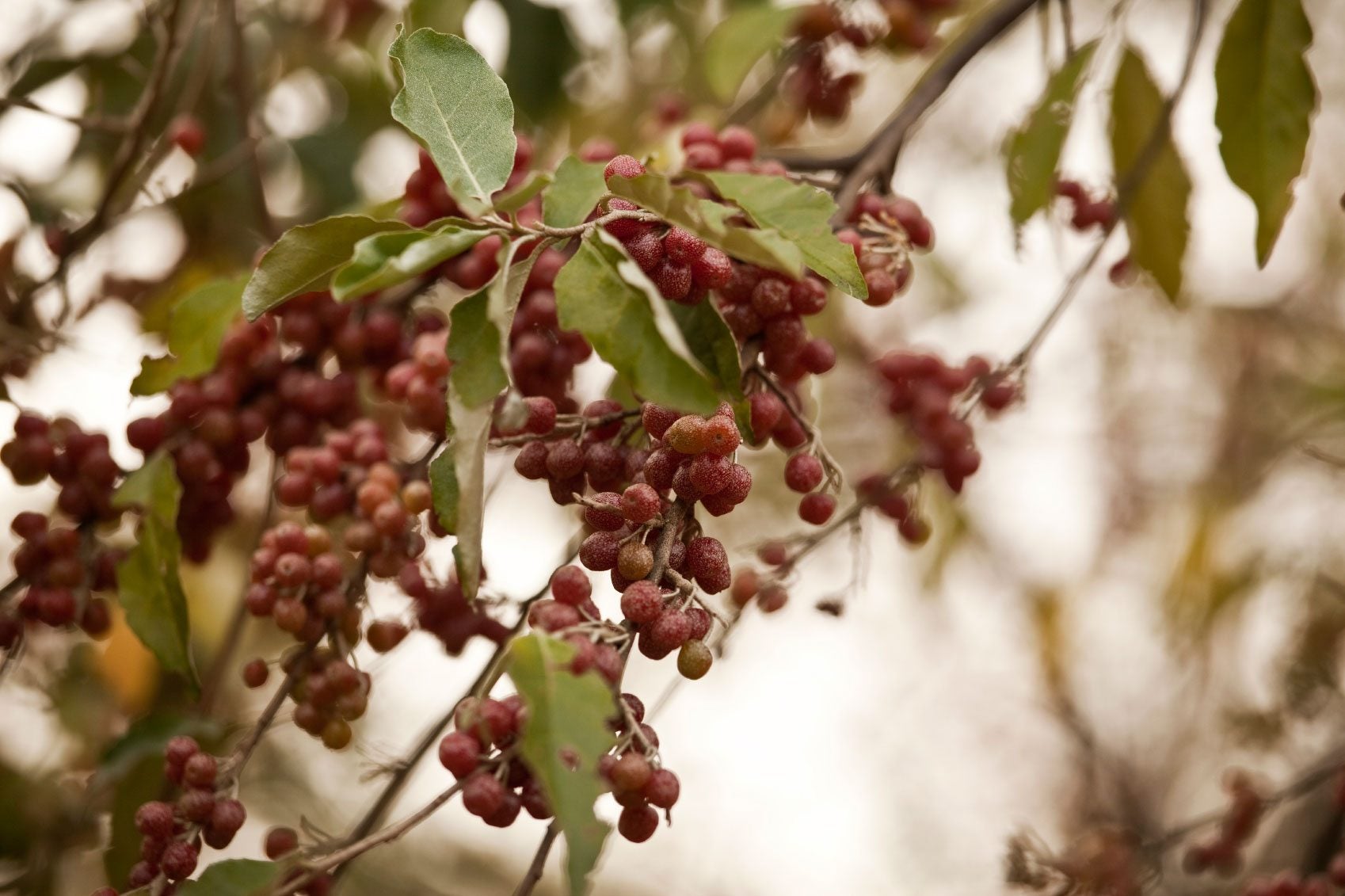

Russian olives, also called Oleaster, look great year-round, but are appreciated most in summer when the blossoms fill the air with a sweet, intense fragrance. Bright red fruit follows the flowers, attracting birds in droves. Russian olive (Elaeagnus angustifolia) is a tough shrub that tolerates adverse conditions such as sandy, dry, alkaline or salty soil and salt spray. It grows naturally as a 12 to 15 foot (4-5 m.) shrub, but you can also grow it as a tree. If you want to grow the tree form of Elaeagnus, pruning should begin while the shrub is still young. Remove all but one strong stem arising from the ground and the lower side branches.
Russian Olive Information
The common name Russian olive comes from E. angustifolia's resemblance to true olives, which are unrelated species. Use this shrub as an informal hedge or in shrub borders. It is especially useful in tough sites where little else will grow. Russian olive is a Chinese native that is considered a non-native invasive species in all but the southeastern corner of the U.S. In the southeast, it struggles in the summer heat and humidity and often succumbs to verticillium wilt. Contact your cooperative extension agent for information about the invasive potential and advisability of planting Russian olive in your area. The plant is banned in some states. The closely related species E. pungens, commonly known as silverthorn, is a good alternative.
How to Grow an Elaeagnus Shrub
Russian olives grow well in any soil as long as it is well-drained, but seems to like light, sandy soil best. Choose a site with full sun to help the plant resist disease. Russian olive is particularly fond of western conditions. It withstands winter conditions in USDA plant hardiness zones 2 through 7. The shrub is rarely bothered by pests other than scale insects. Spray with horticultural oil to control scales. When using horticultural oil, pay particular attention to the label instructions about timing. Spraying at the wrong time can damage the plant.
Elaeagnus Shrub Care
Except for the seemingly endless pruning tasks, you won't find an easier shrub to grow than Elaeagnus Russian olive. These shrubs can fix nitrogen from the air, so they need no nitrogen fertilizer. Russian olive shrubs are very drought tolerant, and you'll probably never have to irrigate. Russian olives need regular pruning to keep them looking neat. They tolerate shearing and hard pruning, but look their best when pruned to a natural shape. Remove selective branches instead of shortening the branches to shape the shrub. The shrubs may send up sprouts that arise from the ground several times a year. Remove them as soon as possible to keep them from draining the plant's energy. Spring branch clippings make good material for indoor forcing.
Gardening tips, videos, info and more delivered right to your inbox!
Sign up for the Gardening Know How newsletter today and receive a free copy of our e-book "How to Grow Delicious Tomatoes".

Jackie Carroll has written over 500 articles for Gardening Know How on a wide range of topics.
-
 What’s Wrong With Your Azaleas? Identify, Tackle And Prevent 6 Common Azalea Pests
What’s Wrong With Your Azaleas? Identify, Tackle And Prevent 6 Common Azalea PestsIf you’ve spotted signs of azalea leaf damage, don’t panic – here’s how to identify the most common azalea pests so you can take action swiftly and keep plants healthy
-
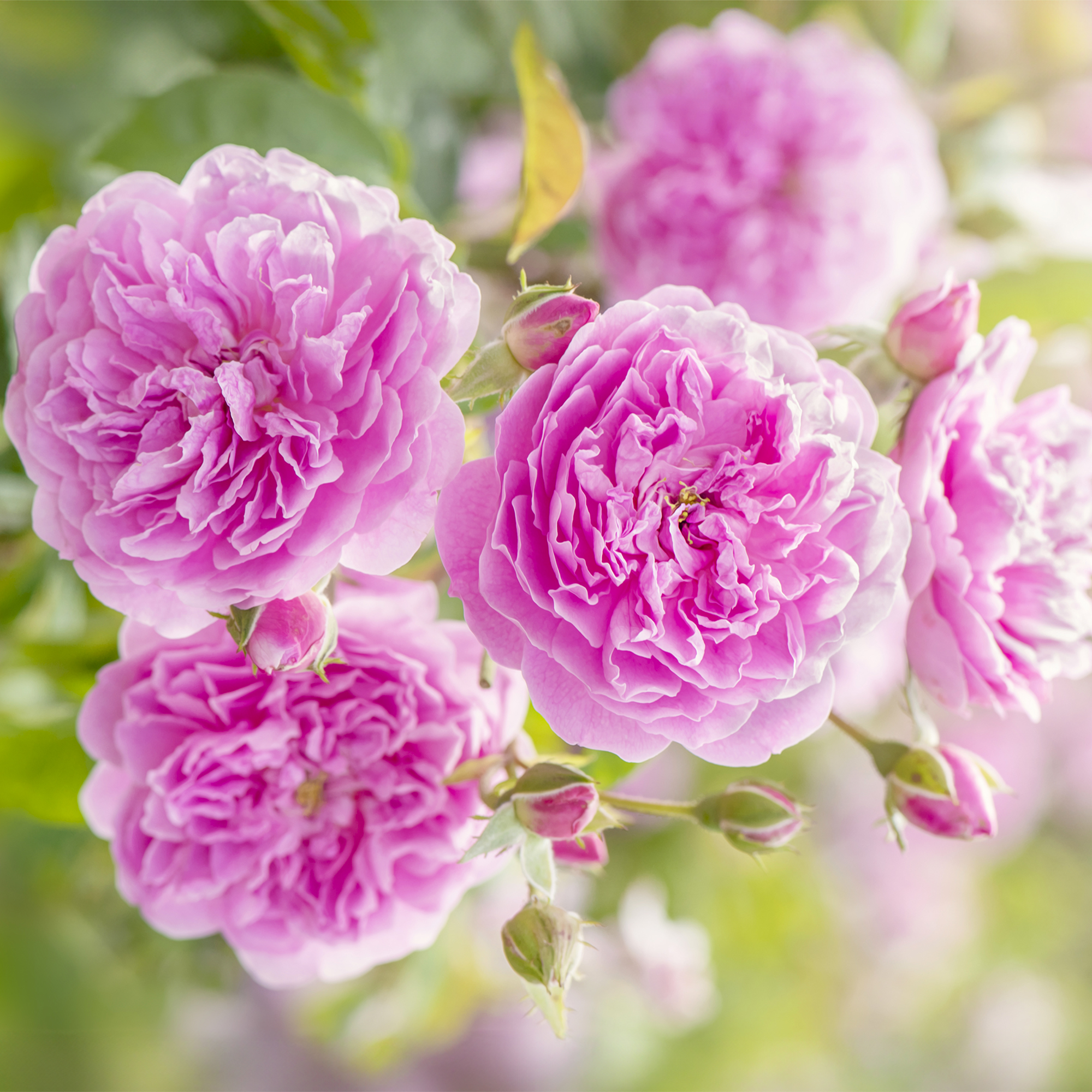 How Much Sun Do Roses Need To Grow? Understanding Rose Light Requirements
How Much Sun Do Roses Need To Grow? Understanding Rose Light RequirementsDiscover how much sunlight your roses really need to grow strong, bloom beautifully, and stay healthy all season long.
-
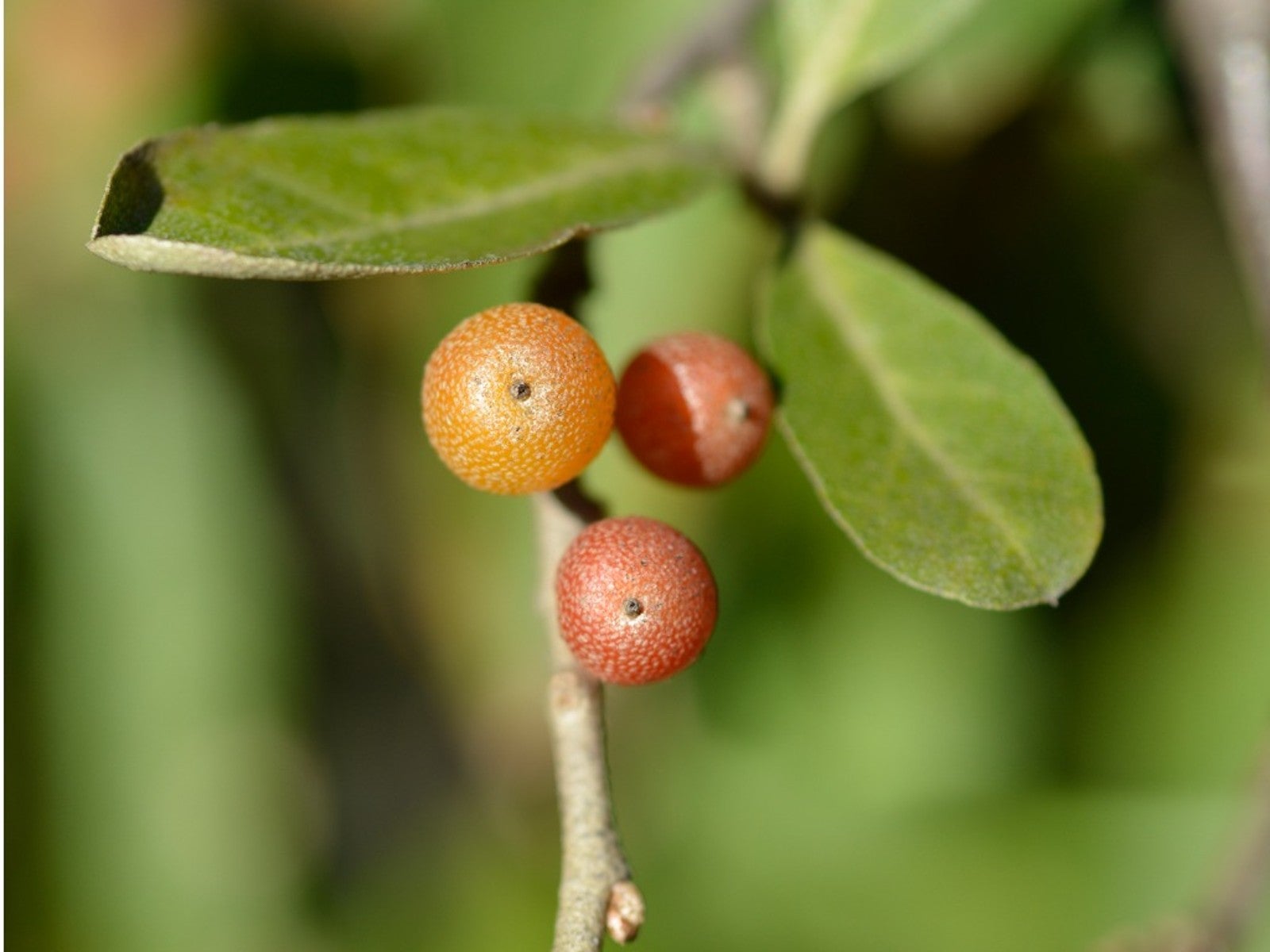 Common Autumn Olive Lookalikes
Common Autumn Olive LookalikesWhat are some autumn olive lookalikes? Well, first, one must learn what autumn olive looks like as well as how to identify autumn olive. Click here for more.
-
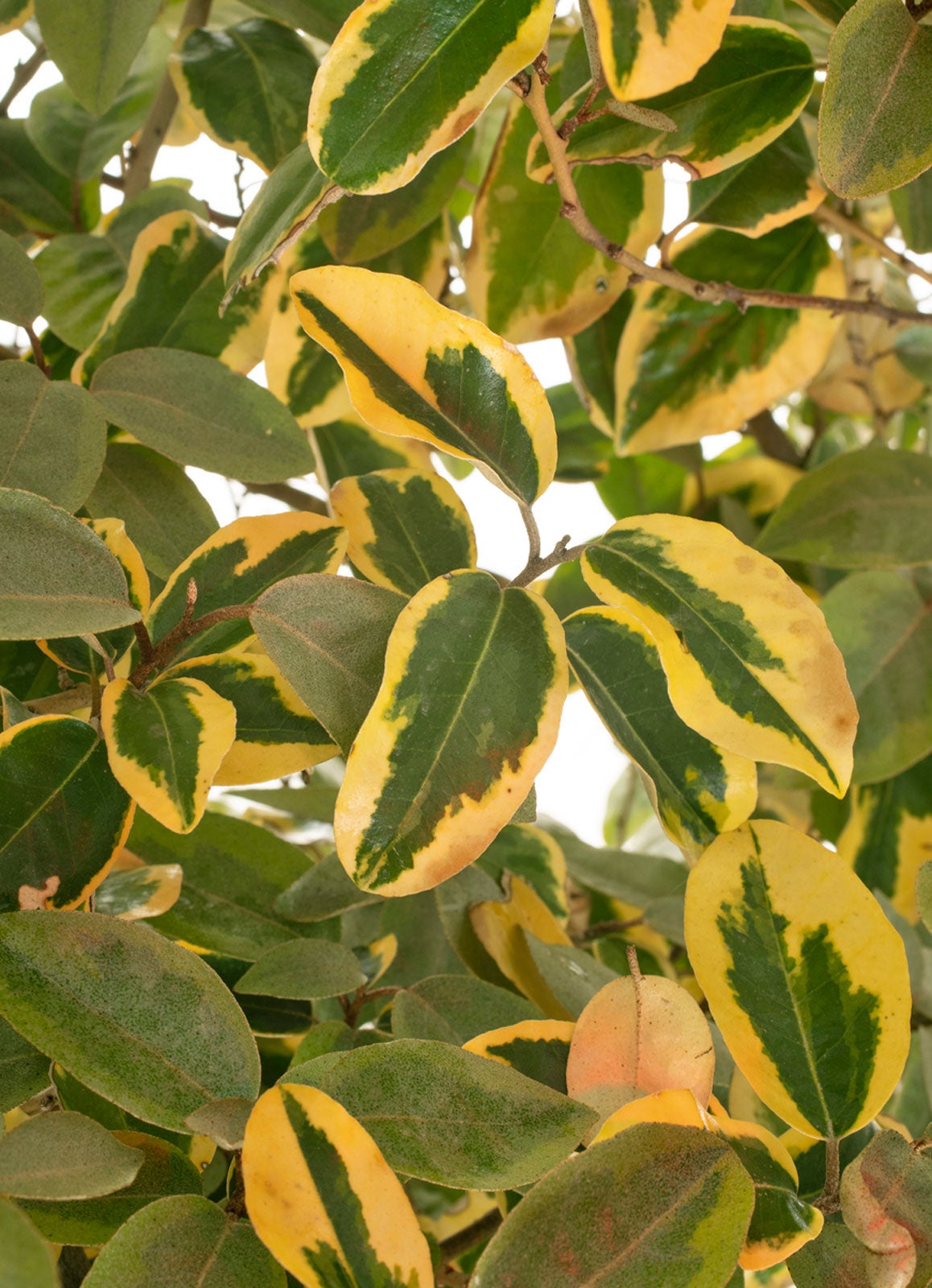 Elaeagnus Plant Care – How To Grow Elaeagnus Limelight Plants
Elaeagnus Plant Care – How To Grow Elaeagnus Limelight PlantsOne variety of Oleaster primarily grown as a garden ornamental is the Elaeagnus ‘Limelight.’ It is an extremely resilient plant able to tolerate a variety of conditions, working great as a windbreak. For more information on how to grow Elaeagnus, click here.
-
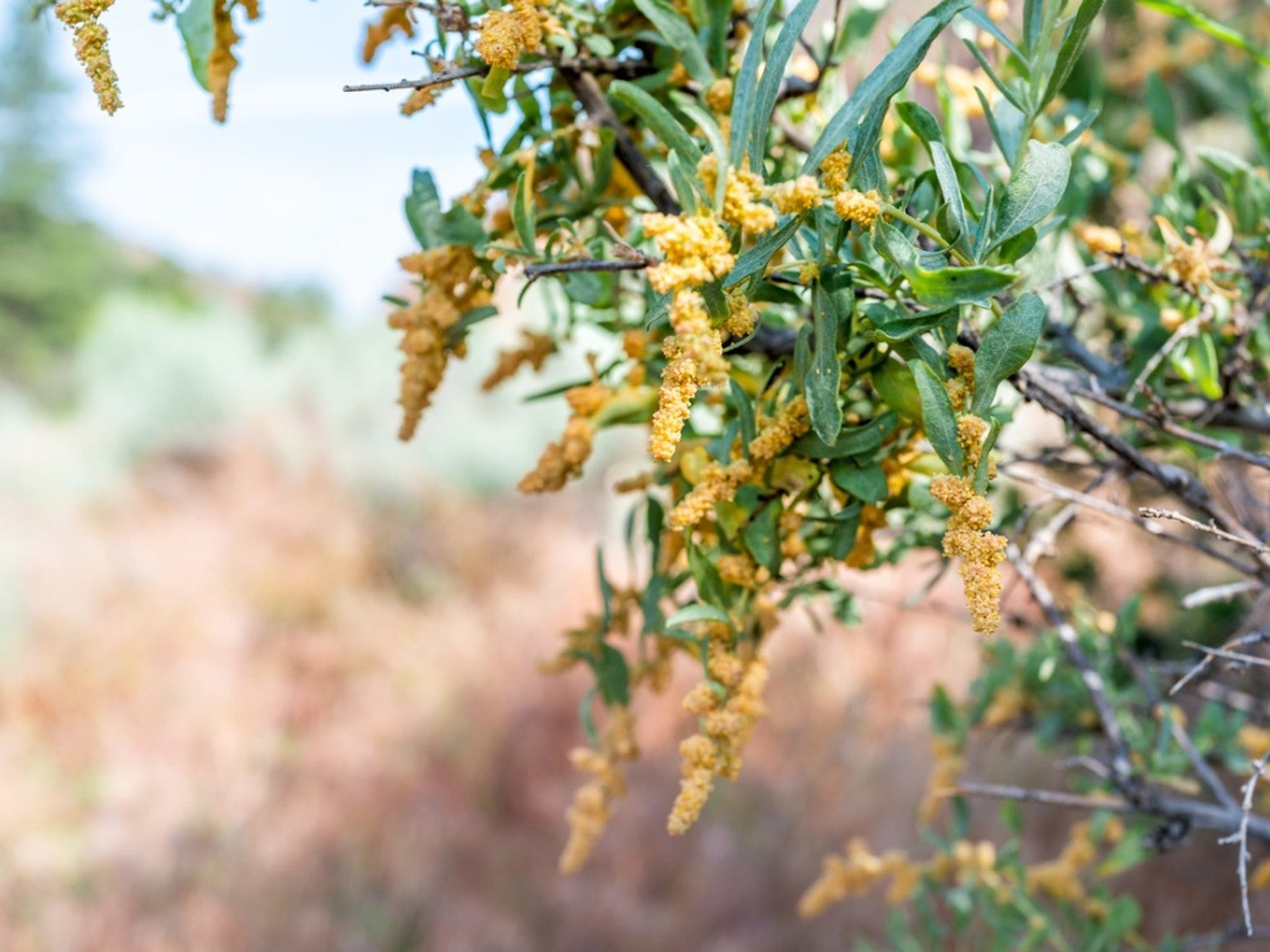 Forestiera Desert Olives: Information On Growing New Mexico Olive Trees
Forestiera Desert Olives: Information On Growing New Mexico Olive TreesThe New Mexico olive tree is a large deciduous shrub that grows well in hot, dry areas. It works well in hedges or as an ornamental specimen, offering fragrant yellow flowers and showy, berry-like fruit. If you?d like more New Mexico olive tree facts, click here.
-
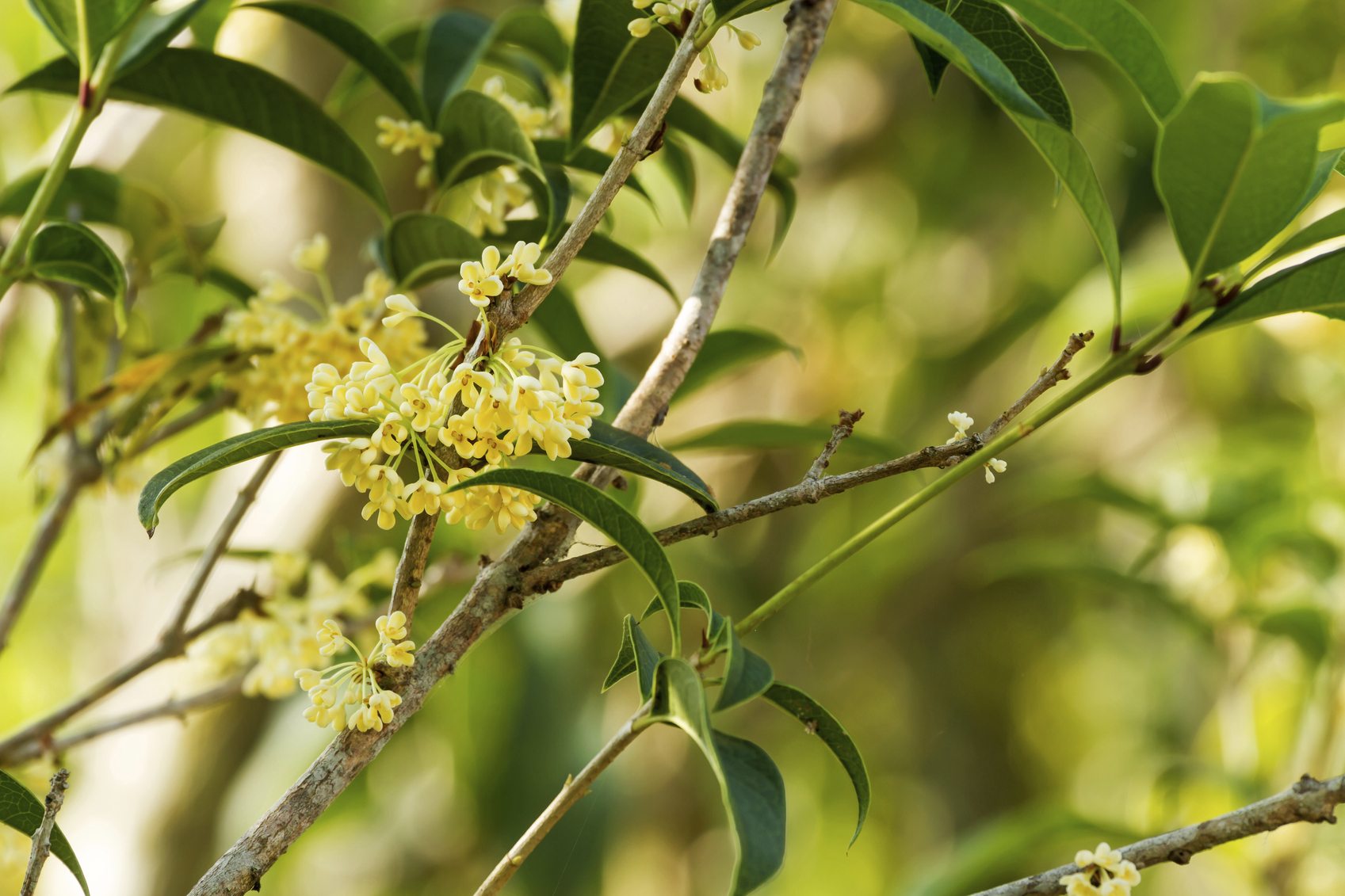 Sweet Olive Propagation: How To Root A Sweet Olive Tree
Sweet Olive Propagation: How To Root A Sweet Olive TreeSweet olive is an evergreen with delightfully fragrant blossoms and dark shiny leaves. Virtually pest free, these dense bushes require little care and are easy to propagate from sweet olive cuttings. For more information on propagation, click here.
-
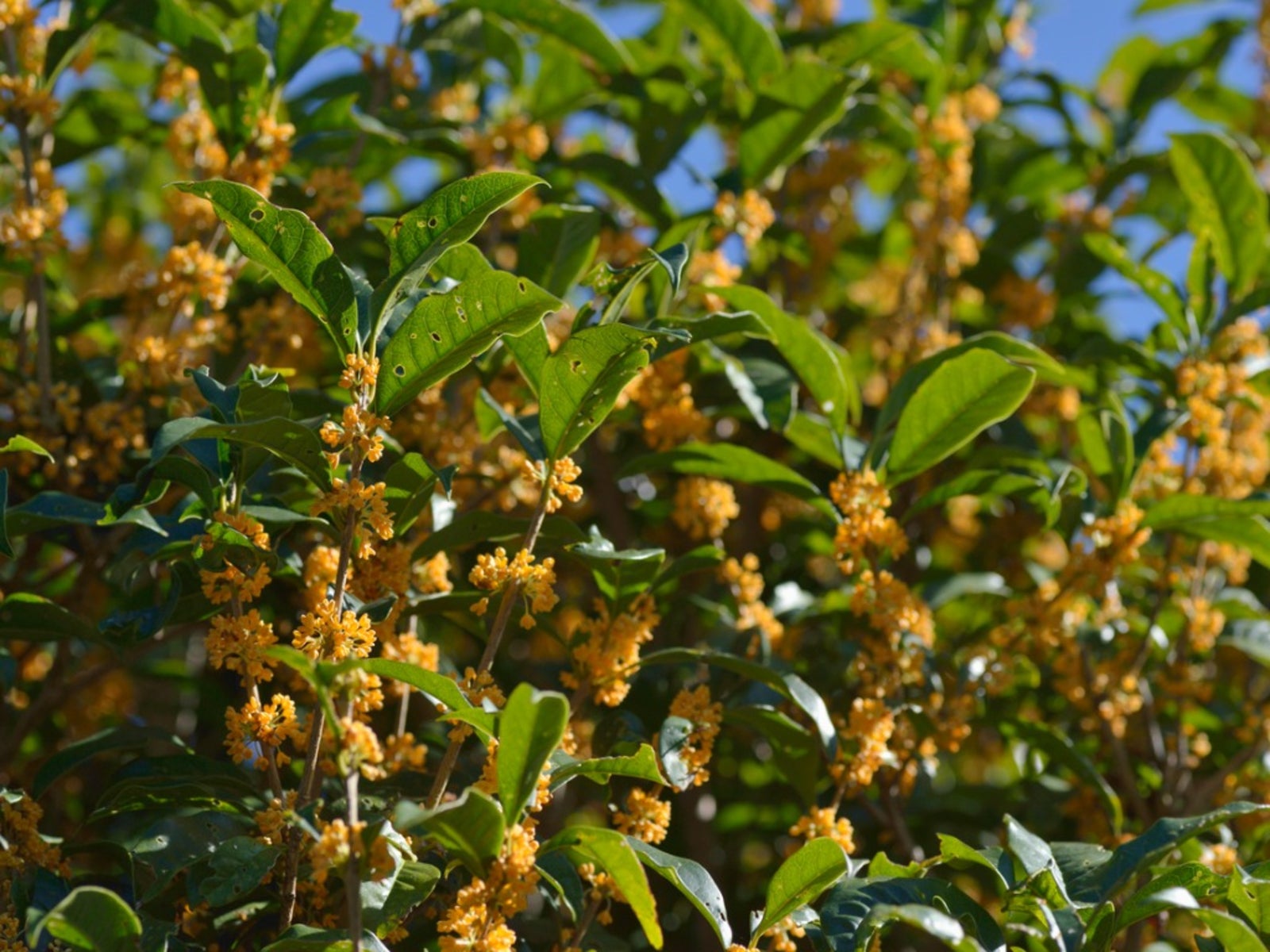 Osmanthus Bush Uses: Fragrant Tea Olive Cultivation And Care
Osmanthus Bush Uses: Fragrant Tea Olive Cultivation And CareOsmanthus fragrans is a shrub or small tree recognized more by its fragrance than its appearance. Read this article to learn about growing Osmanthus tea olive plants.